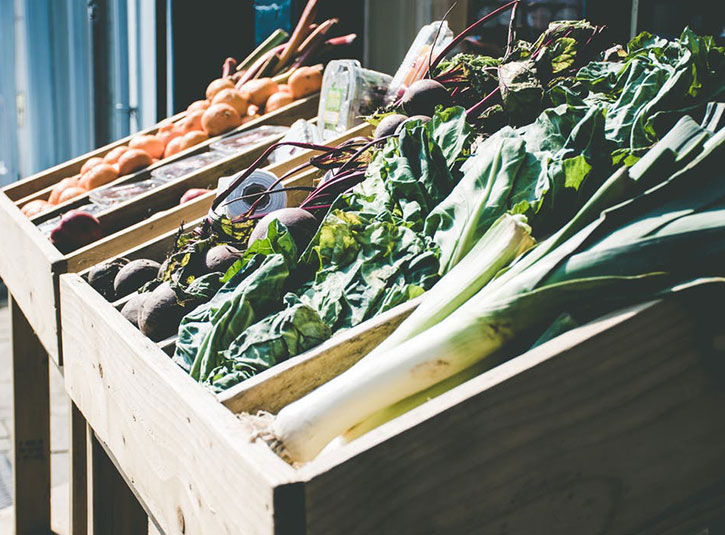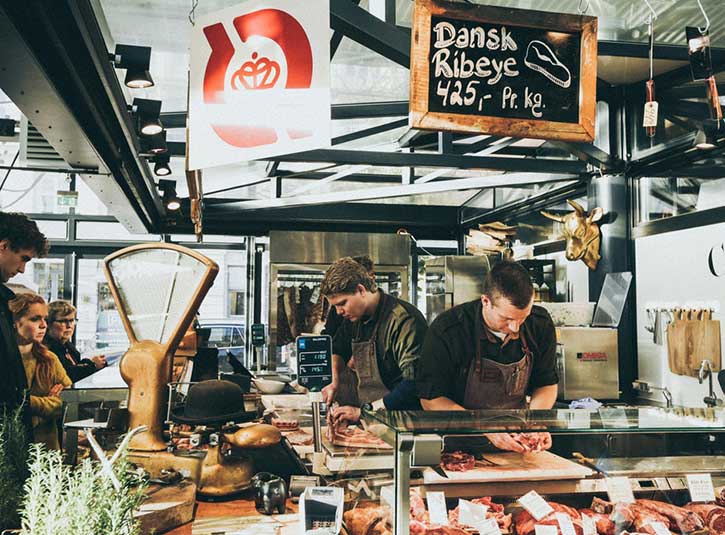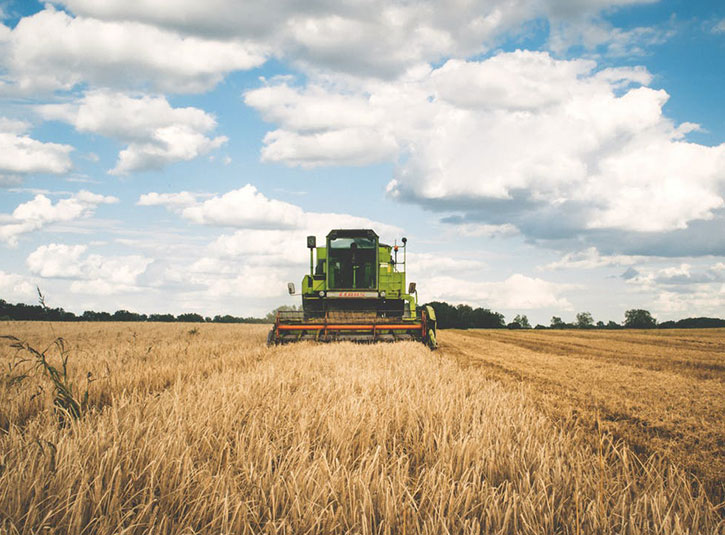Why eating local food is good for you, your community, and your planet
posted on
We have so much to learn from local food. How do our bodies react to—and even depend on—nutrients from seasonal food grown locally? What role does food play in building a sense of pride and community in a place? Can local food create and build an everlasting bond between community members, makers and business owners? And what of the environmental implications?
In this post we will uncover some of the personal, collective and environmental benefits of eating local food. At Foodee, we only partner with local owner-operated restaurants and businesses because we believe in supporting and growing with the communities we live in.
Here are a few other reasons why we support local.
Why eating local food is good for you
Eating local, seasonal produce is not only better tasting, because it’s fresh and perfectly ripe, it’s also better for you. Hardy winter vegetables and fattier meats are perfect for those nourishing and warming soups and stews. Spring’s leafy greens and early root vegetables help your body detox and shed some winter weight, helping you get ready for the upcoming heat. Summer’s sun-soaked and freshly-picked produce are equally hydrating, cooling and rich in essential vitamins and minerals. Fall is an ideal time of transition with its crisp and hydrating apples, fatty nuts and introduction to meatier vegetables such as squash.
Our bodies are built to find nourishment in the foods we are surrounded by. For example, eating local honey from nearby pollinators helps boost the immune system and fight seasonal allergies.
Out-of-season products, on the other hand, often lack much nutritional value. For instance, some produce must be picked early, before it’s fully ripened, to improve shelf life and support easier transportation. These products are usually refrigerated, frozen or even sprayed to travel long distances and cross international borders.
How local food supports your community
Supporting local farmers, native crops and neighborhood shops and restaurants helps circulate wealth within a community. In fact, every dollar spent locally circulates 2.5 times within the community through profits, jobs and charities. Plus, it grows the demand for more local products and businesses, and the cycle continues.
Buying from local businesses creates a connection and trust among neighbors. It establishes a direct bond between the farmer, the local business and the buyer. This holds everyone more accountable and hopefully helps us make better choices when faced with tough decisions, like whether to spray or continue rotating crops, or whether to purchase a cheaper, yet imported product. The ability for a customer to put a name and face to a brand may change their buying habits in the future.
Having a relationship with local farmers and businesses also means that customers have a say in what they are buying (and eating). Customers can now have a direct impact on the supply chain. For example, if customers want fresh, local tomatoes, then businesses, restaurateurs and chefs are the first to find out—and then the farmers follow the demand.
How you can help save the planet by eating locally
As we’ve mentioned, eating local food greatly reduces a communities’ demand for out-of-season, imported produce. This reduces our footprint and stress on the planet. Local farms require less transportation, less refrigeration (and greenhouse gases) and less hot houses to get the food to your grocer, butcher, fishmonger, local chef, business owner and so on.
Plus, local communities often have a say in land-use practices in their area. Countries that export exotic fruit, for example, may not have the same laws for soil and water contamination that your local farmers must abide by. Local produce doesn’t have to cross any international borders where it may be sprayed to prevent diseases and bacteria from spreading.
Once the demand and supply for local food has been established, the environmental impact becomes unmistakable. For example, much of the US used to be grasslands, with fields of native, deeply rooted grains that provided wheat for local communities. But, when the Bread Basket of the US switched to newer, higher yield grains that had a longer shelf life, the trade-off was weaker, shallow roots and overstressed soil. This resulted in the Dust Bowl of the 1930s, when the once nutrient-rich soil eroded and turned into country-wide dust storms and practically arid land.
Understanding what foods should grow when and where is a beneficial educational piece as well for children—and for people who seem to have forgotten. There is so much to learn from local food and culture, which is something we at Foodee are excited to showcase. From what seasonal nutrients it provides our bodies, to how it helps us grow and flourish together as a united community and how it could help us re-evaluate how we’re treating our planet and our people.
Learn more about how Foodee brings local meals to modern offices.
Filed Under: Foodee HQ


